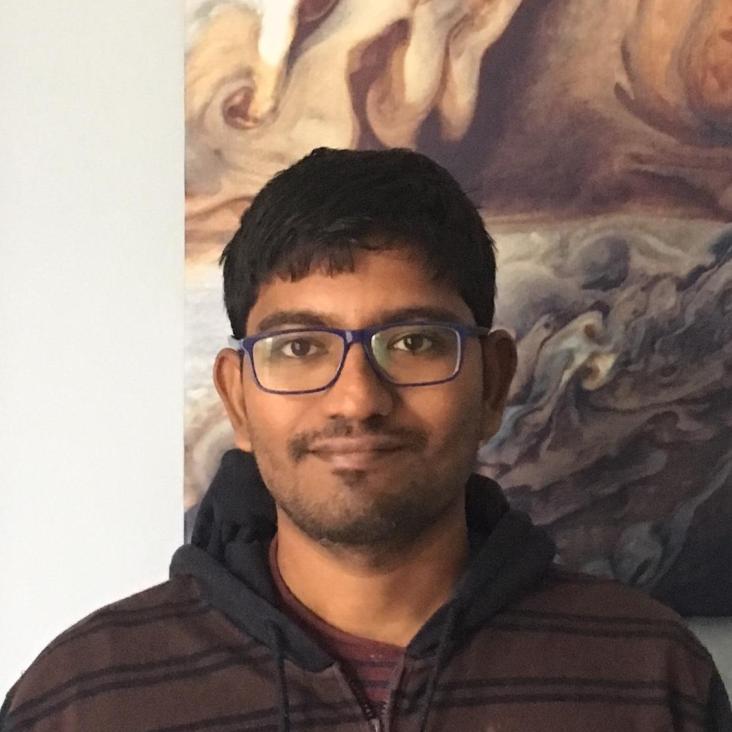High-performance computing for SKA transient search: Use of FPGA-based accelerators
Journal of Astrophysics and Astronomy Springer Nature 44:1 (2023) 11
Erratum: “The First CHIME/FRB Fast Radio Burst Catalog” (2021, ApJS, 257, 59)
The Astrophysical Journal Supplement Series American Astronomical Society 264:2 (2023) 53
CHIME Discovery of a Binary Pulsar with a Massive Nondegenerate Companion
The Astrophysical Journal American Astronomical Society 943:1 (2023) 57
Nanohertz gravitational wave astronomy during SKA era: An InPTA perspective
Journal of Astrophysics and Astronomy Springer Nature 43:2 (2022) 98
Sub-second periodicity in a fast radio burst
Nature Springer Nature 607:7918 (2022) 256-259


